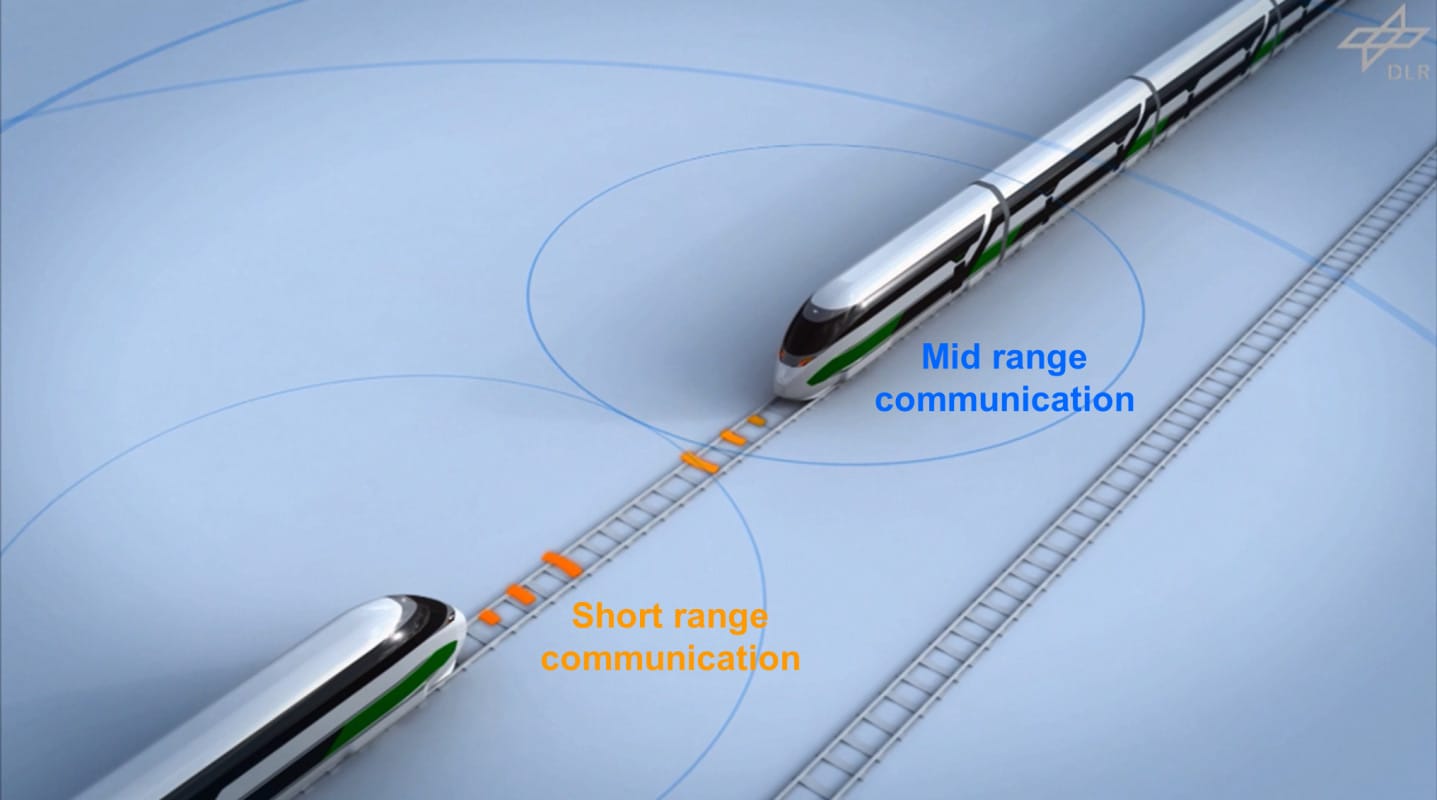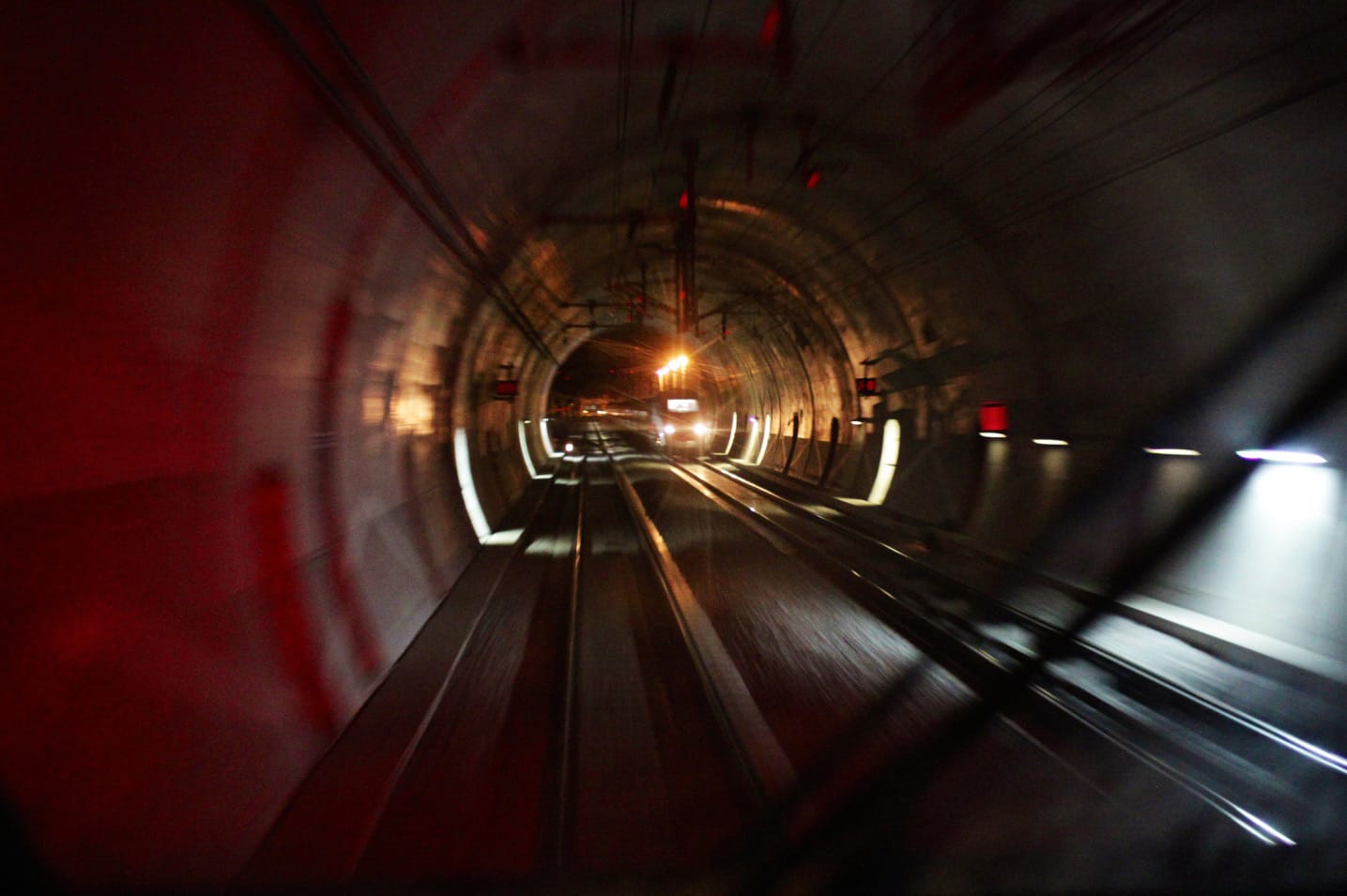Railway tracks are empty most of the time, whereas roads are often heavily travelled on, with vehicles driving at relatively short separation distances. In order to increase the capacity of the railway network, DLR’s Next Generation Train (NGT) project is researching and developing the concept of virtually coupled trains. Virtually coupled trains are not connected via mechanical couplers (see above). Instead, they move very close to each other in relative breaking distance. The distance between the virtually coupled trains is controlled through reliable ranging sensors and wireless train-to-train (T2T) communications that allow exchange of the relative location of each train. This exhibit focuses on reliable T2T communications and on-board multi-sensor train localization.

Since the performance of wireless T2T communications strongly depends on the environment, the worldwide first T2T communications measurement campaign was conducted in 2016. The measurements were carried out using two Trenitalia high-speed trains on a route from Naples to Rome in the framework of the European Roll2Rail project. Over four nights, several virtual coupling manoeuvres in typical railway environments were studied with different localisation techniques and wireless communications systems. At the booth, we will present a video of the measurement campaign as well as measurement equipment and train localization based on magnetic signatures.

Train localization is considered as an enabler technology for future railway systems and applications. Beside the traditional and infrastructure based methods, multi-sensor train localization uses onboard sensors and a digital map. In addition to GPS based train localization solutions, we are the first to investigate and use magnetic signatures for train localization. A magnetic signature is a repeatable and location dependent signal of the characteristic magnetic field of railway tracks. Our solution with magnetic signatures enables GPS-free localization, which is especially important for tunnels and metros.

